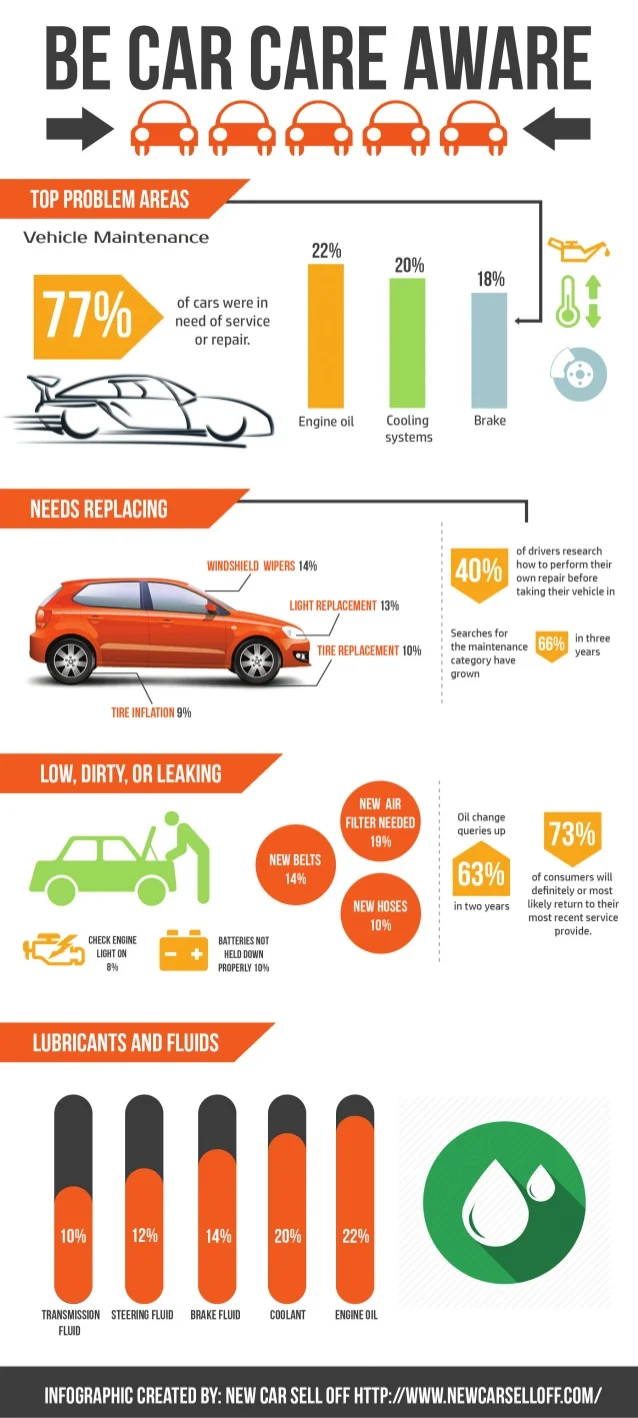Analyzing Your Car'S Alert Lights: Their Real Effects
Analyzing Your Car'S Alert Lights: Their Real Effects
Blog Article
Authored By-Boye Forbes
When you lag the wheel, those beautiful caution lights on your control panel can be a little bit bewildering. Do you recognize what they're trying to tell you concerning your vehicle's health? Recognizing the relevance of these lights is crucial for your security and the long life of your automobile. So, the next time among those lights pops up, wouldn't you want to decode its message precisely and take the needed actions to address it?
Common Caution Lighting and Interpretations
Identify typical caution lights in your cars and truck and recognize their meanings to make sure risk-free driving.
The most regular warning lights include the check engine light, which signifies problems with the engine or emissions system. If this light comes on, it's important to have your automobile inspected promptly.
The oil pressure alerting light suggests low oil pressure, requiring immediate attention to avoid engine damages.
A blinking battery light may recommend a faulty billing system, potentially leaving you stranded otherwise resolved.
The tire pressure surveillance system (TPMS) light informs you to low tire pressure, influencing vehicle security and fuel efficiency. Overlooking this might cause hazardous driving conditions.
The abdominal muscle light indicates an issue with the anti-lock stopping system, endangering your capacity to quit swiftly in emergencies.
Last but not least, the coolant temperature alerting light warns of engine overheating, which can cause serious damage otherwise solved swiftly.
Comprehending these typical warning lights will certainly help you resolve problems quickly and maintain secure driving conditions.
Relevance of Prompt Interest
Comprehending the usual caution lights in your vehicle is just the initial step; the relevance of quickly resolving these cautions can not be stressed sufficient to ensure your safety when traveling.
When a caution light illuminates on your dashboard, it's your cars and truck's method of communicating a prospective issue that needs focus. Ignoring these cautions can lead to more serious problems in the future, endangering your security and potentially costing you much more in repairs.
mobilecarwashnearme to warning lights can prevent breakdowns and crashes. For example, a blinking check engine light can indicate a misfire that, if left neglected, could trigger damages to the catalytic converter. Addressing this immediately can save you from an expensive repair service.
Likewise, a brake system warning light might signify reduced brake liquid or worn brake pads, critical parts for your security when driving.
DIY Troubleshooting Tips
If you see a caution light on your control panel, there are a couple of do it yourself troubleshooting tips you can attempt before seeking expert help.
The first step is to consult your auto's guidebook to understand what the particular caution light indicates. Often the concern can be as simple as a loosened gas cap triggering the check engine light. Tightening up https://www.ksdk.com/article/news/crime/st-louis-police-catalytic-converter-thefts-tips/63-0800d519-a702-4675-a94e-208bf9bef518 may fix the problem.
click here is a low battery, which can set off numerous warning lights. Examining the battery links for corrosion and guaranteeing they're safe and secure might repair the trouble.
If a warning light lingers, you can attempt resetting it by disconnecting the cars and truck's battery for a couple of minutes and then reconnecting it. Furthermore, inspecting your lorry's liquid levels, such as oil, coolant, and brake liquid, can help troubleshoot alerting lights related to these systems.
Conclusion
In conclusion, comprehending your car's warning lights is necessary for maintaining your automobile running smoothly and safely. By quickly attending to these alerts and recognizing what they suggest, you can avoid costly repair work and prospective failures.
Keep in mind to consult your cars and truck's handbook for particular information on each advising light and take action as necessary to make certain a trouble-free driving experience.
Remain notified, stay risk-free when traveling!
